Listen above or read below. Or Both.
Gen X-ers have a strange relationship with our past. Thanks to the sharp curve of technological development, I have maybe two dozen photos of myself before age eighteen, and perhaps twice that for my twenties. Then, from 2006 to present, I have amassed exactly 18,106, according to my phone.
(If you’re up for a little autobiographical inspiration, read on. If not, you can skip down to The Advice Part.)
Though photo evidence of my youth is limited, I have tons of writing — most of which is even more embarrassing than my high school haircuts. I’ve kept a journal on and off since 1986. My first was a red Hello Kitty Diary. I bought it because it had a lock, and god only knew what corrosive secrets my eight-year-old self might need to protect. Inevitably, I lost the key and had to break it open. Turns out the weak point was a flimsy vinyl strap that any fool could have cut with a pair of kindergarten safety scissors, even those left-handed ones. My whole life, the world had been one snip away from knowing I had a terminal crush on Amy Teegarden. (If you’re reading this, Amy: no regrets. Your cruelty triggered a relationship pattern that would spawn four albums and two published novels. Living well is the best revenge.) But I digress.
My junior high Language Arts teacher made us compile all our school writings, so I have a decent map of my early teen mind. In high school, I bought an unlined green journal (probably at Bookstar), plastered it with stickers, and filled it with bad drawings and morose poetry. I didn’t journal in college, but the lyrics and screenplays I wrote paint a clear enough picture of my early-Ethan-Hawke-in-Reality-Bites period.
It wasn’t until the early 2010s that I began to write regularly again — and thanks to the then-emerging blogosphere, I have a fairly exhaustive record of every thought I felt worthy of sharing from about age twenty-eight onward.
You’d think by that point, I would be a mature man without much to share that might later embarrass me. You’d be wrong. And though I’ve blogged a lot of things I wish I hadn’t, by far my most embarrassing posts involve my writing process. Man oh man, was I cocky.
But let’s back up.
Beginner’s Mind
In keeping with my ready-fire-aim strategy for creating art, I pantsed the bejesus out of my first manuscript, a NaNoWriMo project I completed in early 2011. My “process” on that novel was less about writing and more about typing. I had no plan; I just typed “Chapter One” and never looked back. I would get up each day at four a.m., write till six, then go to work. When finished, the manuscript was barely readable — but it was complete at 50,000 words.
I had crossed a finish line few ever do: I’d written a novel. And, big though my head was, I was still relatively humble and ready to try new things.
My four-to-six schedule turned out to be unsustainable, but I kept up writing two hours a day. For my second manuscript, I used Alan Watt’s 90 Day Novel and enjoyed it very much. If I remember correctly, Watt’s method involved several weeks of structured imagining, during which time the writer organically developed characters, themes, and story. The rest was a kind of composition sprint, like NaNoWriMo but with a head start. During those three months, I managed to crank out a 100,000-word epic fantasy. It was significantly less embarrassing than the first one, but still far from publishable.
For my third book, I used the method Stephen King sets forth in his opus, On Writing: A Memoir of the Craft — begin with a character and a situation and just start writing. I wrote a draft quickly, then spent a year revising it in a haphazard, patchwork sort of way. I was experimenting, not attached to any specific method or format. There was no deadline, no editorial pressure, no expectations to live up to. The only stress I felt was a pull toward the goal of getting published. I was, if you’ll bear the metaphor, an open book. After some deep revisions, I pitched the story around — and it landed me an agent.
In retrospect, this was the beginning of my troubles. That first burst of validation became a tether to the illusion that there was A WAY to do this, and that I had figured it out.
After nine months on submission, that book didn’t sell — but there were good reasons that had nothing to do with the quality of the manuscript. Unfortunately, that meant I went on believing I had THE WAY.

I applied the same process to my next manuscript, which became Symptoms of Being Human. That one sold in nine days based on 100 pages and a synopsis. Oh, yay!
Oh, no.
Now I was 100%, God Bless America, I’d-Like-To-Solve-The-Puzzle-Alex certain I had it right.
After the Sale Comes the Fall (Publishing Blues)
The editorial process that followed beat the hell out of me, but that didn’t affect my drafting process; I was just revising a story I’d already written. When it came time to write book two of my contract, though, things got ugly. I made a pitch, got approved, pantsed a draft. A month later I received an editorial letter roughly the length and density of the Federalist Papers. The second draft of that manuscript elicited an equally disheartening response. I was confused, pissed off, and depressed in equal measure. After all, I was doing it THE RIGHT WAY, wasn’t I?
Wasn’t I!?
But, after (four?) drafts, I surrendered, scrapped the project, and moved on to another. Pitch, approval, more drafts, scrapped. Two books down the drain.
At this point, I no longer felt certain about my process. I no longer felt certain about anything. All the blog posts I’d written humble-bragging about said process felt like embarrassing childhood declarations about wanting to be the first ninja rock star astronaut to ride a dinosaur on the surface of Jupiter. I was so desperate, in fact, that I went back and read them, hoping past-me had some advice present-me could use — but all he had was mockery. I feared I was a hack, an imposter, or worse yet, a one-hit-wonder.
Surrender (But Don’t Give Yourself Away)
At this point, I was desperate to find another Way. I tried 2-hour sprints. I tried modest word goals. I tried Pomodoro. I tried writing “in sips” throughout the day. I tried writing until noon. Nothing clicked; but, somehow, using a slipshod combination of all of the above, I cranked out a manuscript that eventually became my second published novel, The Lightness of Hands. I’m still not sure how I did it. To be fair, I was in the middle of a full-blown mental health crisis, so my memories of that time are patchy and jaundiced. I think maybe I was just too tired to fight, and leaned into whatever wind my sails could catch. I wish I’d been able to learn from that lesson while it was being taught. Alas, I’ve never liked doing what I’m told, even when I’m the one doing the telling.
The productivity that produced Lightness did not last; I put significant work into two more stories, both of which died on the vine.

The Dark Side
As of this writing, I am two years and nine months into my current project, the longest I’ve ever spent on an unpublished manuscript. My process — a word that’s beginning to lose its meaning the more I repeat it — has been a hot mess of Dear God What Do I Do Next. It’s gone like this: I pantsed an 80,000-word first draft that was possibly the worst I’d ever written. I then wrote 10,000 words of a second draft, which my writing group deemed the best I had ever written. I was deeply delighted and utterly confused. But, after some editorial input from my agent, I gained renewed purpose and a fresh direction. I wrote 30,000 more words, and then struck a giant concrete barrier of writer’s block.
Readers, I struggled mightily, and for months. I worried I would never finish it, maybe never finish another manuscript at all. I considered the possibility that I’d written my last book. I’m not exaggerating or dramatizing here. I have the receipts.
But it came down to this: I wanted to keep working on this project. Regardless of how badly it turned out, or whether or not it sold, I didn’t want to quit. So I blew up my “process” whatever that was, and joined the dark side.
I OUTLINED.
NOOO!!

I admit to you now, I loathed the first three quarters of that process. It felt forced and plotty and inorganic and anticreative — all the things my pantser heroes had warned me about. I worried there was nothing authentic coming out. Instead of an oil painting, I was drawing stick figures. It was like sitting down to watch Raiders of the Lost Ark in IMAX only to be shown a 16mm slide show of black-and-white storyboards instead.
And then, suddenly, I turned a corner. I don’t know what happened — and damn do I wish I did — but I started getting little story breakthroughs. I wasn’t writing any words other than summaries and bullet points, but things started to fall into place. Scenes gelled. Plot problems resolved. Character motivations emerged. Three months later, I had finished it: An Entire Outline of a Whole Novel. It was a first (and as of now an only) for me. I shared the outline with my group. They gave great suggestions. Over the next few days, I made two big changes, the kind that would have taken weeks or even months if I’d been working with a full manuscript. (Someday I’ll tell the story of how I omitted a central character during the final draft of Symptoms.)
When I felt it was good enough, I sent it to my agent. She liked it and sent me forth to compose the prose.
At the time of this writing, I’m 38,509 words into what I think will be a 100,000-word second draft. I’ve got a self-imposed deadline of July 1. I’ve made a daily work plan and a sticker chart so I can track and reward my progress. (I had no idea how motivating those little foil star stickers would be.)
I’ve also done some hardcore work on myself this year, including a big effort to increase my focus. I’ll write about that in the coming weeks. But for now, here’s the answer to the question I’ve been asked more than any other:
“What’s your process?”
I DON’T @#$%@#ING KNOW. My process is a process. As soon as I think I’ve figured it out, it changes. The tools I gather while writing one book seem to rust before I can begin the next. Or else the screws on the subsequent book require a flathead, but all I’ve got is a Phillips. Or maybe the first book is Lego and the next is Ikea. Or — I’ll stop.
The Advice Part
If you came here looking for advice, here’s what I’ve got:
Don’t get attached to any specific method.
What worked this morning may betray you by lunch.
Different stories need different tools.
The method they warn you never to use sometimes works the best.
Don’t get cocky! You’ll either jinx it, or embarrass yourself, or both.
Balance discipline and flexibility. Don’t bash your head in trying to make something work, but don’t walk away just because it gets hard. Ask yourself: are you stepping away from the keyboard because you’re bored or afraid? If so, sit back down. If it’s something else, get up and move. Avoid all distractions: do not listen to podcasts or music, or read, or do anything interesting. Sometimes boredom is the thin curtain separating you from the next breakthrough.
Prioritize discovery in the beginning. Take the time to record even the ideas you think are bad. They’re like those little broken sticks of graphite in your mechanical pencil; you have to click them out to get to the solid ones.
Record what comes out and don’t look back. My first drafts are full of ret-cons: HE PLAYS GUITAR, NOT PIANO; THE ALIENS ARE CANNIBALS, NOT VEGANS; THE CODEX IS HIDDEN IN A HELLO KITTY DIARY. No matter how big the change, don’t stop during the first draft to go back. The only way out is through.
I’m not saying any of this will work for you; I’m not that arrogant. Anymore. I hope. (Why does typing that make me nervous?) But it seems to me that every other ad on instagram is for a $99 course that will teach you THE WAY to write your bestselling novel in the time it takes to nuke a Stouffer’s Lasagna. It’s bullshit.
There ARE writers who create legitimate courses that can help you, but they don’t promise ease or speed. If a writer you love is selling one, and you want to, buy it! They need the money, and their work may inspire you.
But you can find most of what you need for free. Thousands of writers like me share their experiences in blog posts and videos and on panels and in newsletters. You don’t have to spend money or wait for something to happen. You can read and watch videos — or you can sit down at your keyboard and just start typing. When that stops working, write freehand. If your hand cramps, wedge a crayon between two toes and carry on. If that fails, dictate. Use scrabble tiles. Grunt in morse code. Whatever. Get the story out any way you can, any way that works, it doesn’t matter how.
It doesn’t. Matter. How.
Readers: What works for you? What used to work, but doesn’t anymore? Please leave a comment, join the chat, or share this article with a note. Your thoughts may help another writer.



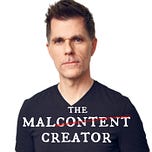
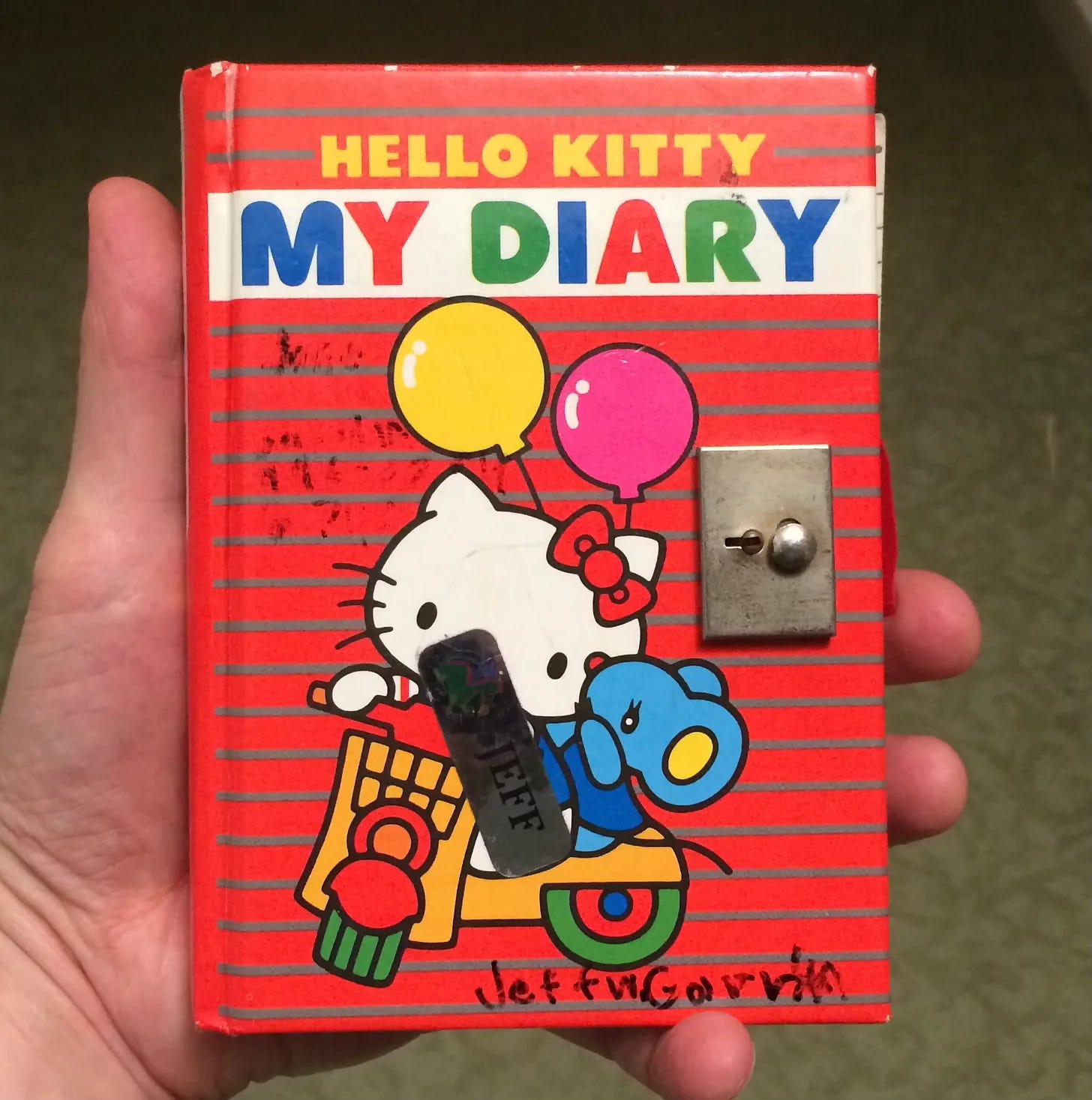
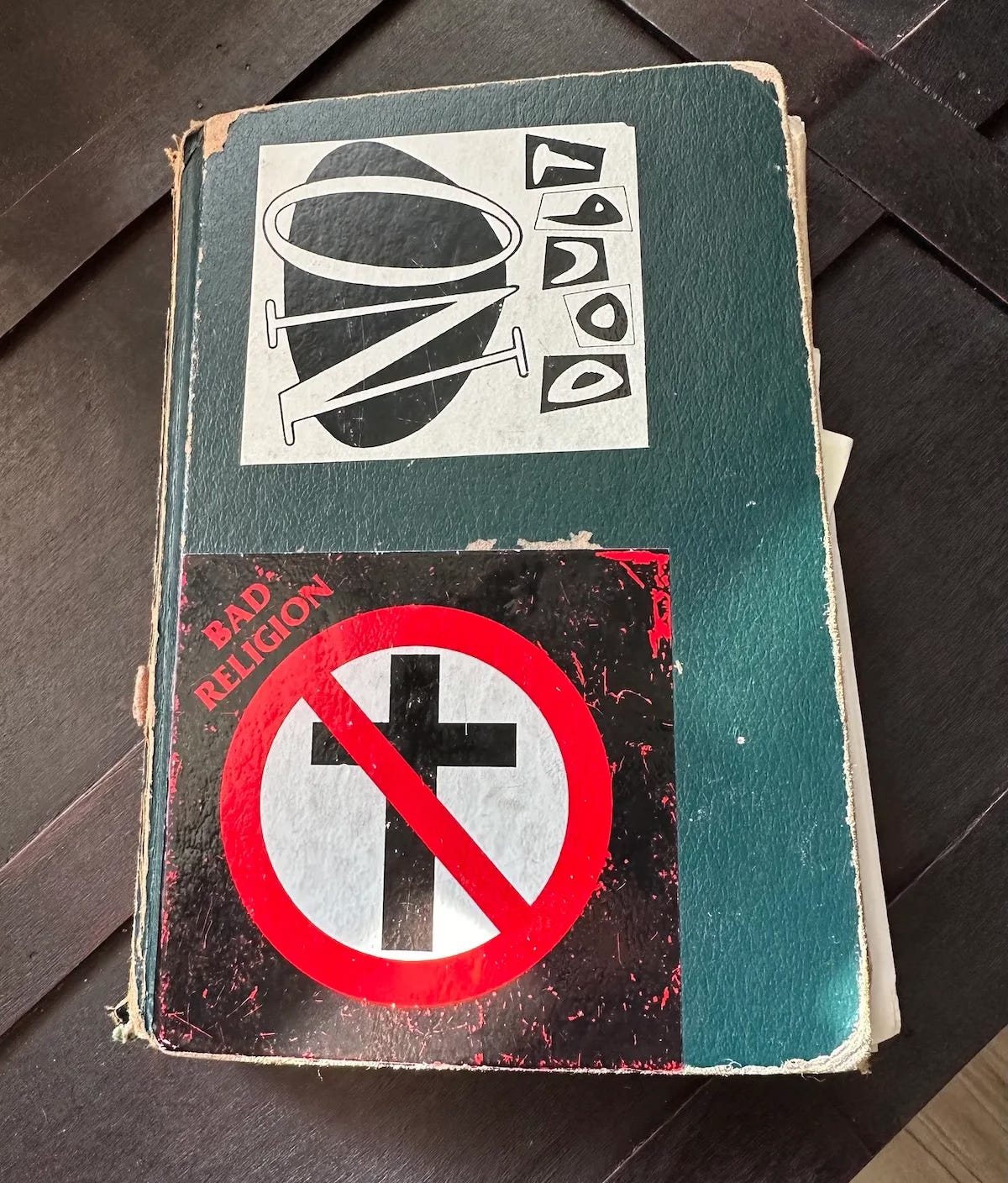
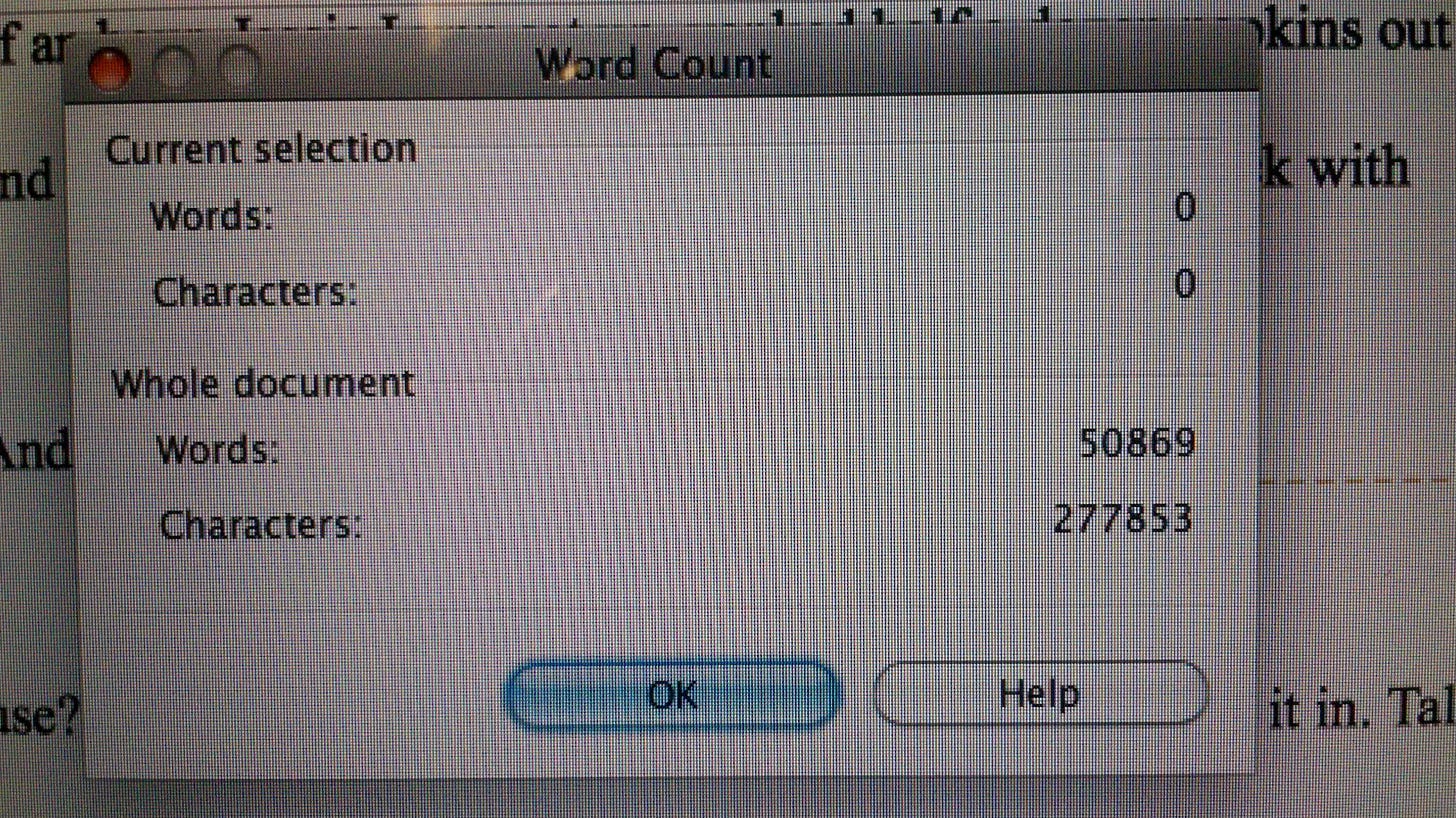




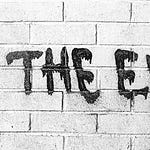


Share this post